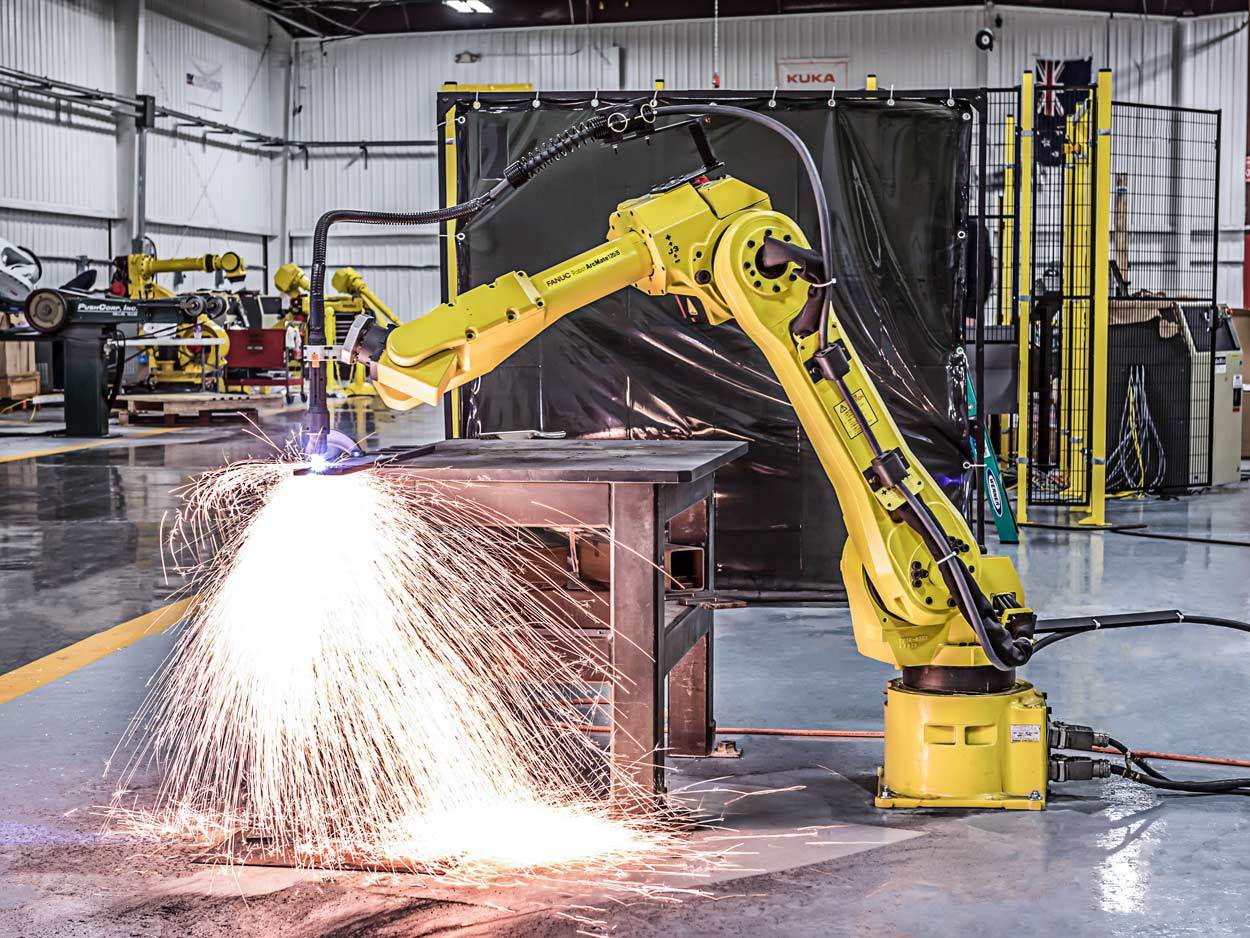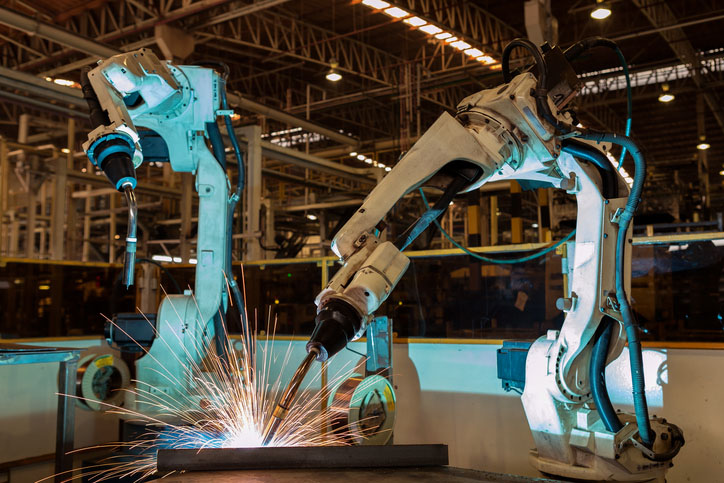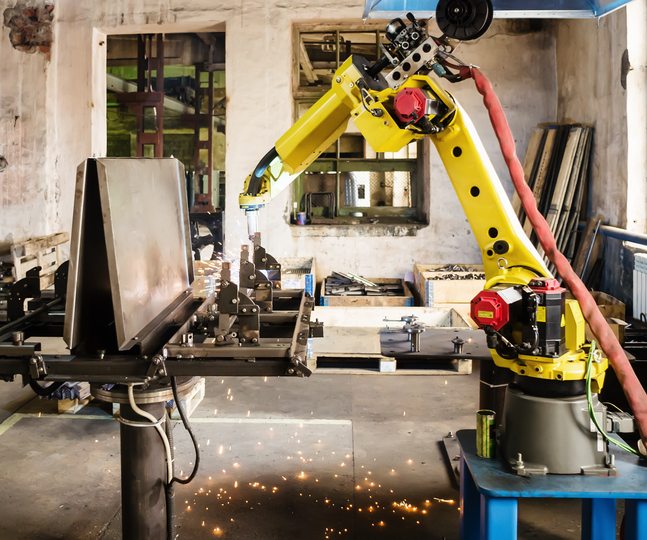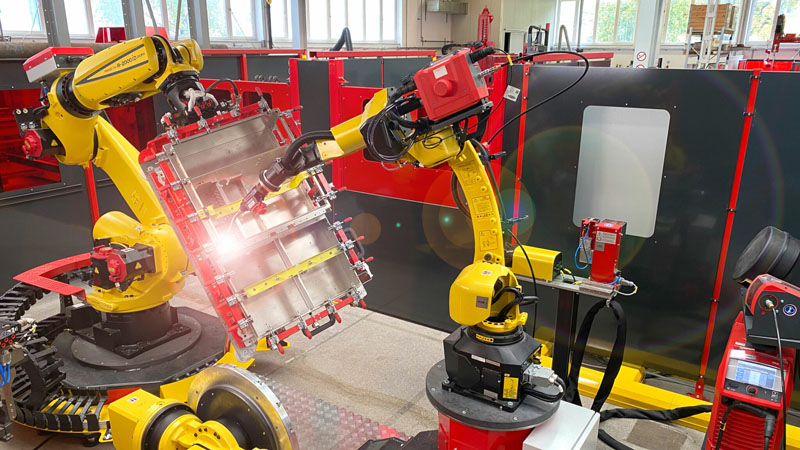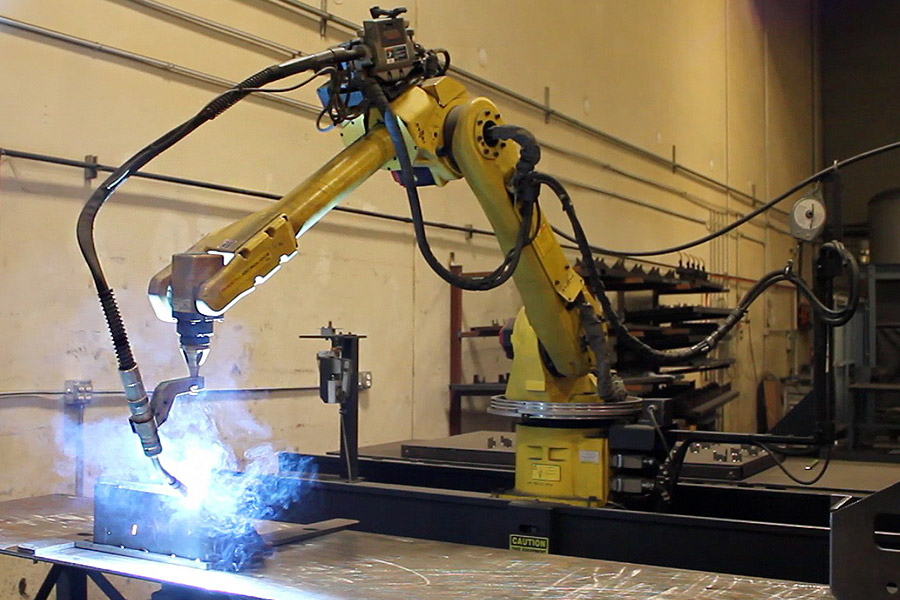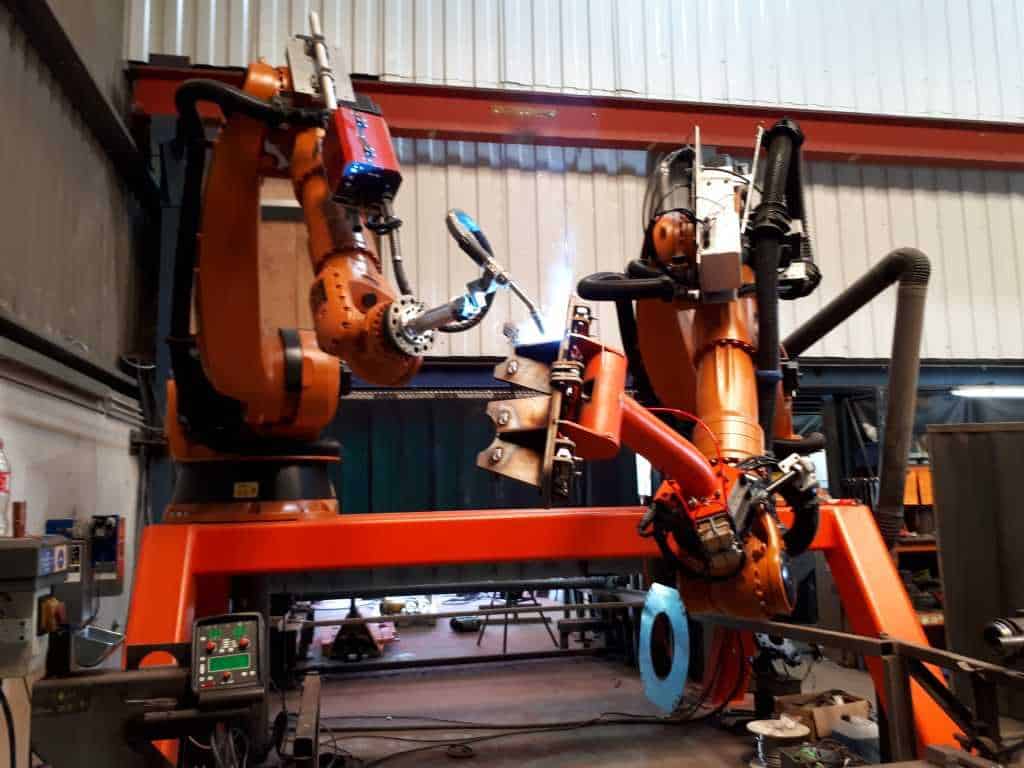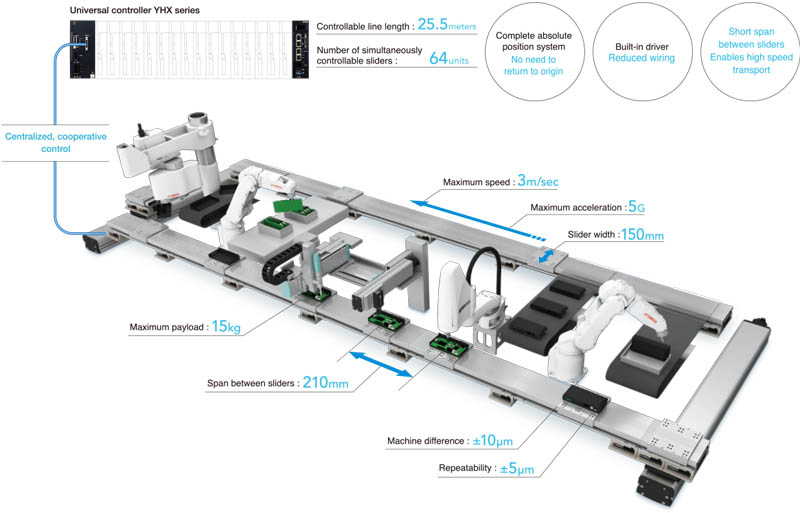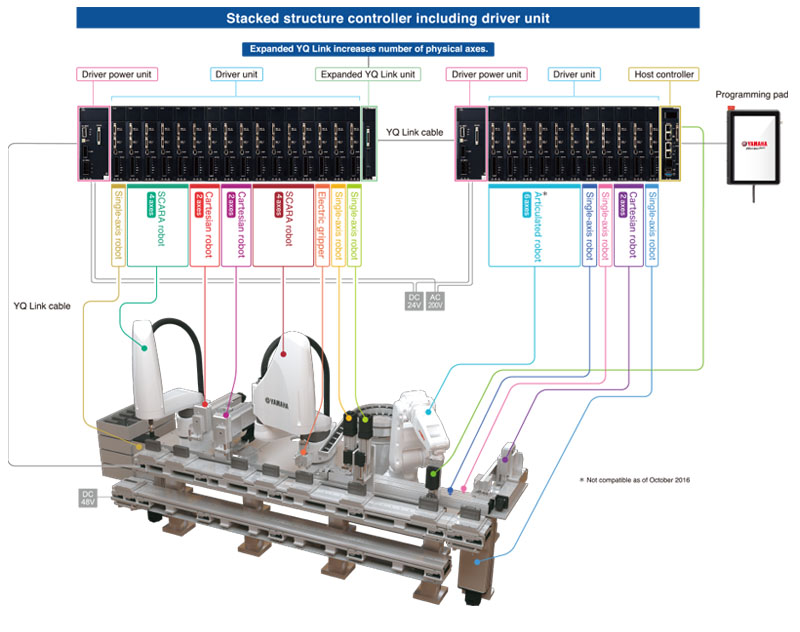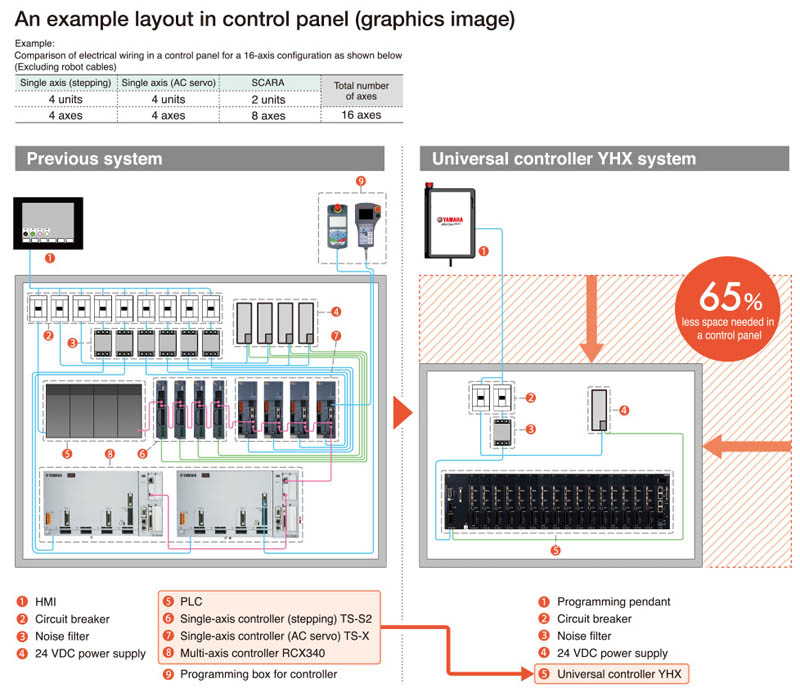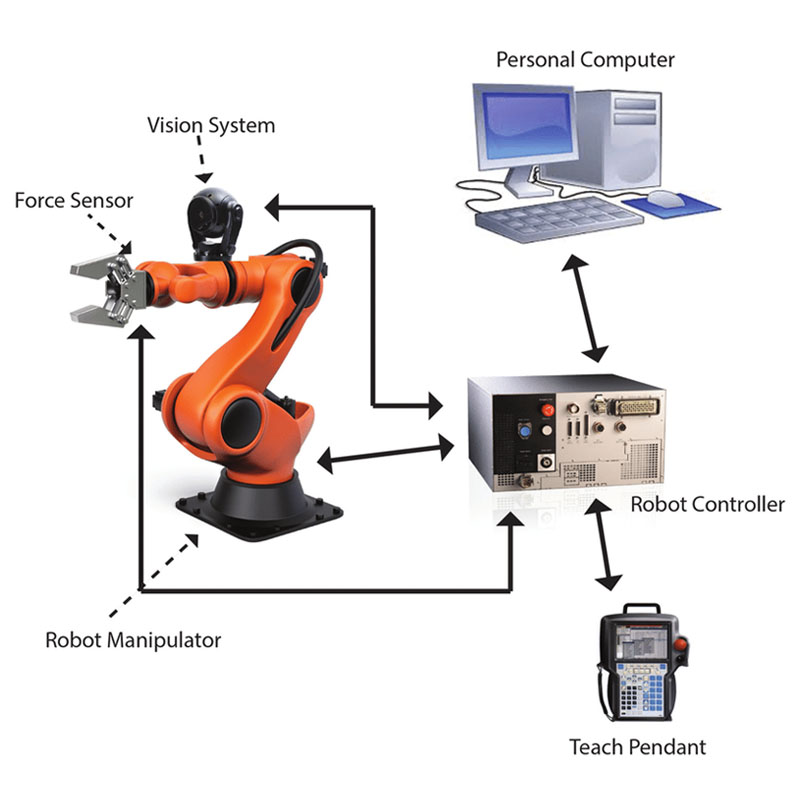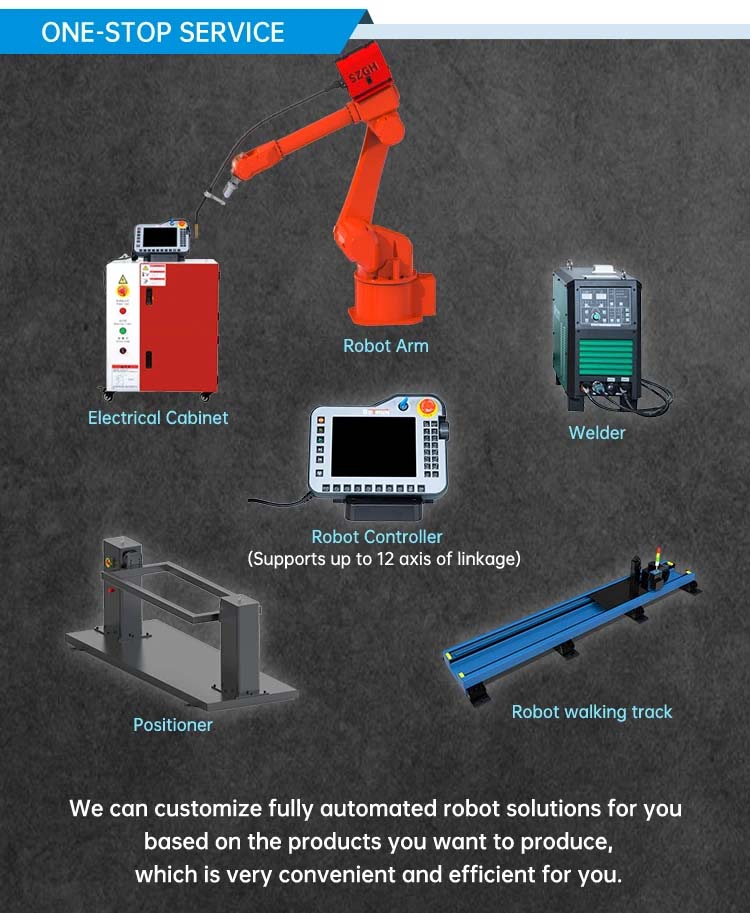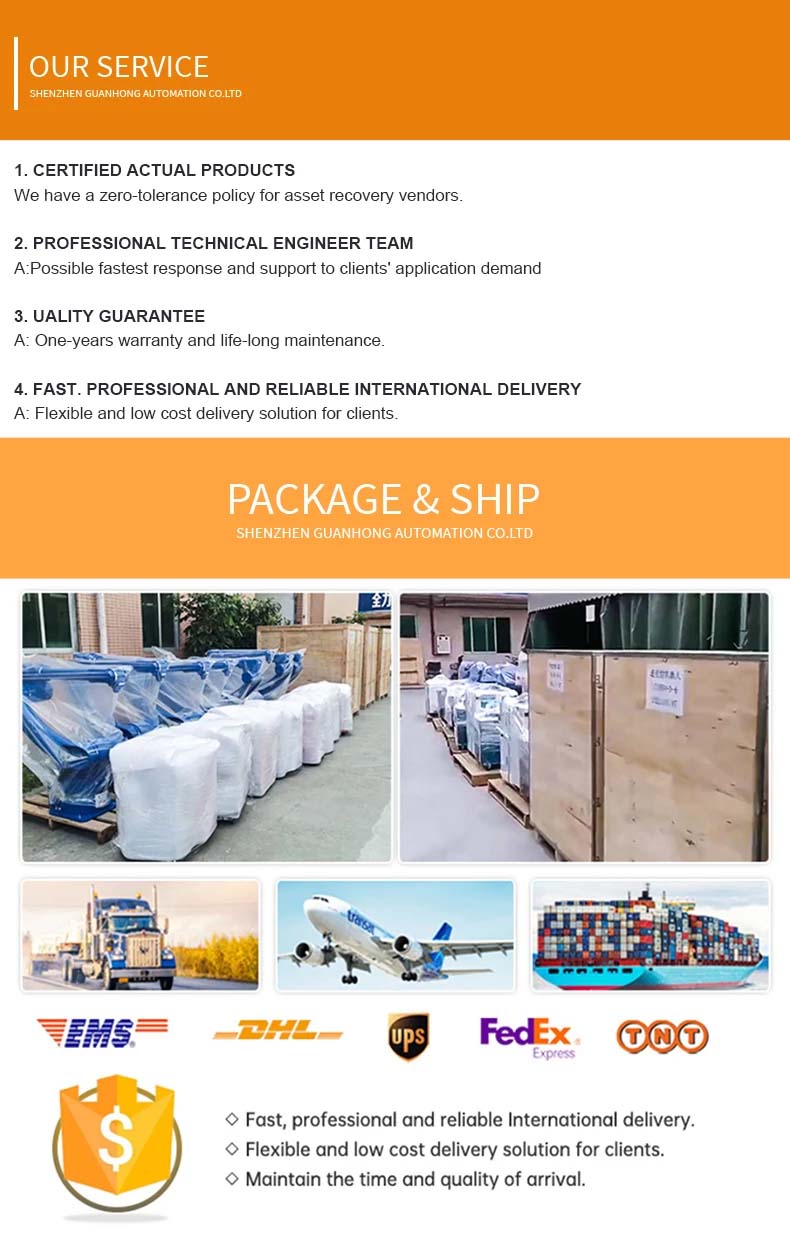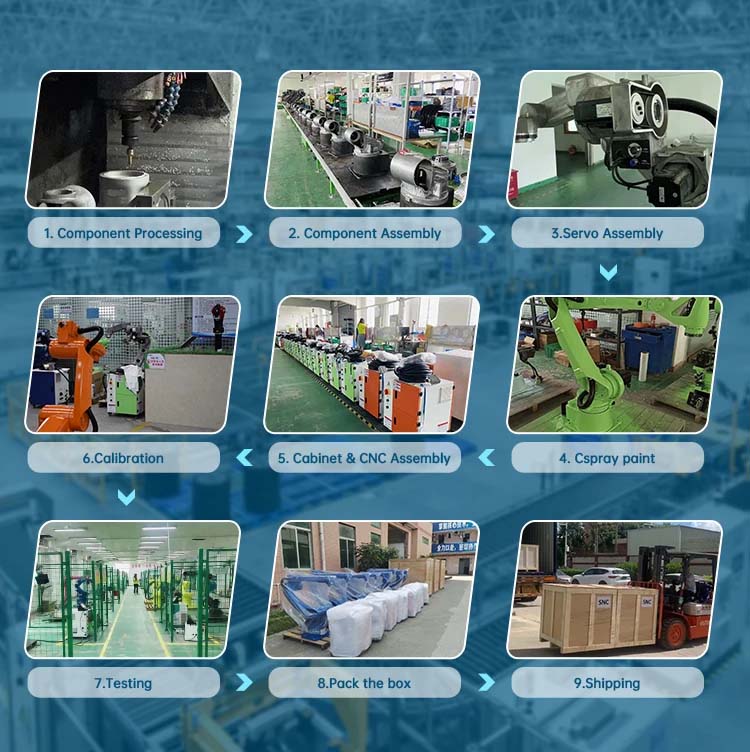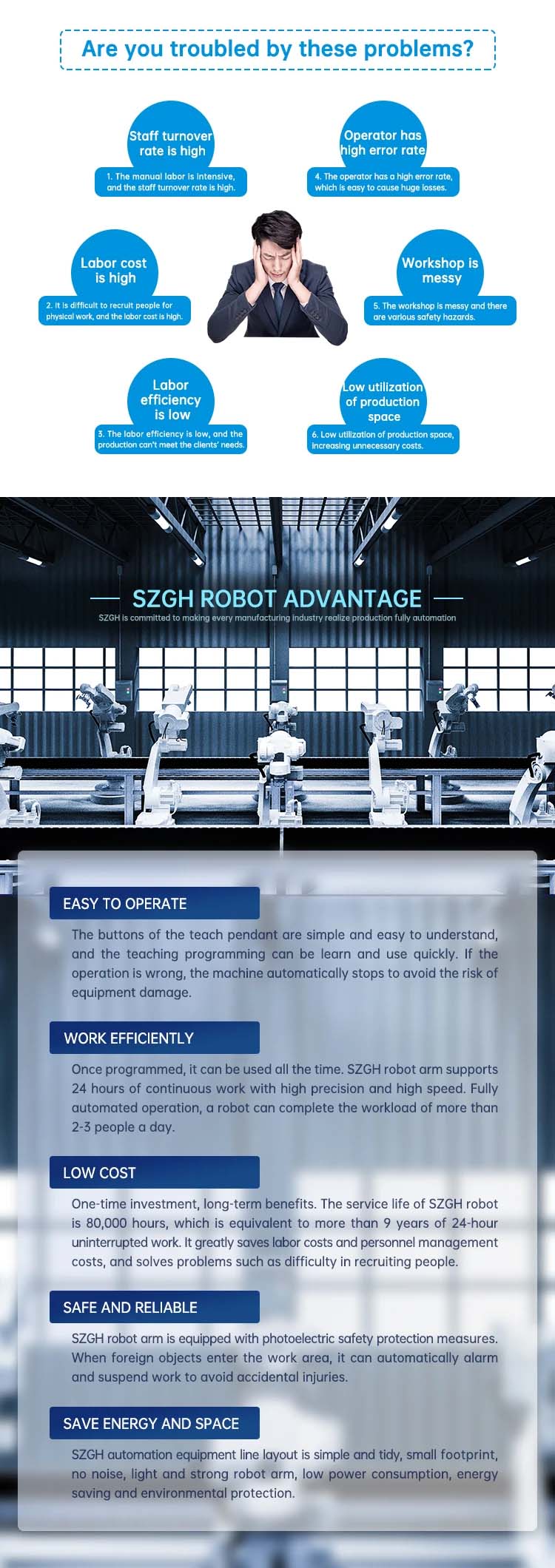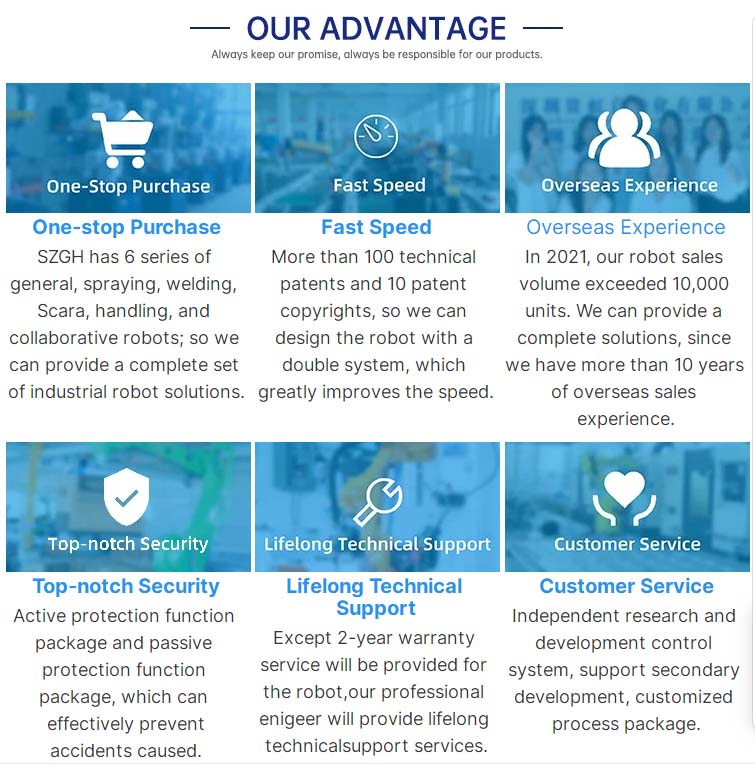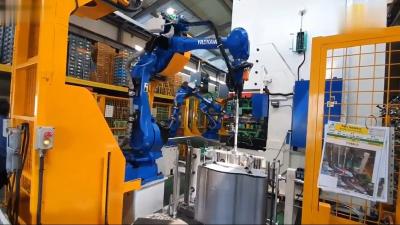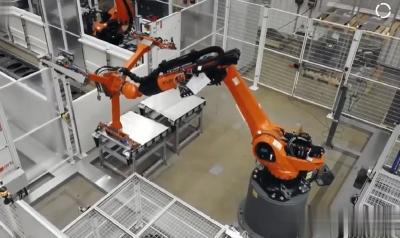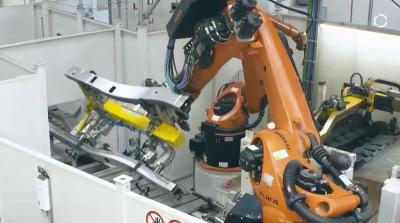Service Robot Industry
Service Robot Industry:
The service robot industry has several advantages. Firstly, service robots can perform repetitive and mundane tasks with high precision and efficiency, reducing human error and increasing productivity. Secondly, they can work in hazardous environments, such as in nuclear power plants or disaster zones, where human presence may be dangerous. Thirdly, service robots can provide assistance to the elderly and disabled, helping them with daily tasks and improving their quality of life. Lastly, service robots can be programmed and updated easily, allowing for continuous improvement and adaptation to changing needs and requirements.
Service Robot Industry:
The service robot industry has witnessed significant growth in recent years. With advancements in robotics technology, robots are now being used in various sectors, including shipbuilding and construction. In shipbuilding, robots are employed to perform tasks such as welding, painting, and cleaning, improving efficiency and reducing human error. Similarly, in the construction industry, robots are used for tasks like bricklaying and concrete pouring, enhancing productivity and safety. As we enter 2020, new robotics technologies are expected to further revolutionize these industries, making them more automated and efficient. With the continuous development of robotics, the future looks promising for the service robot industry.


